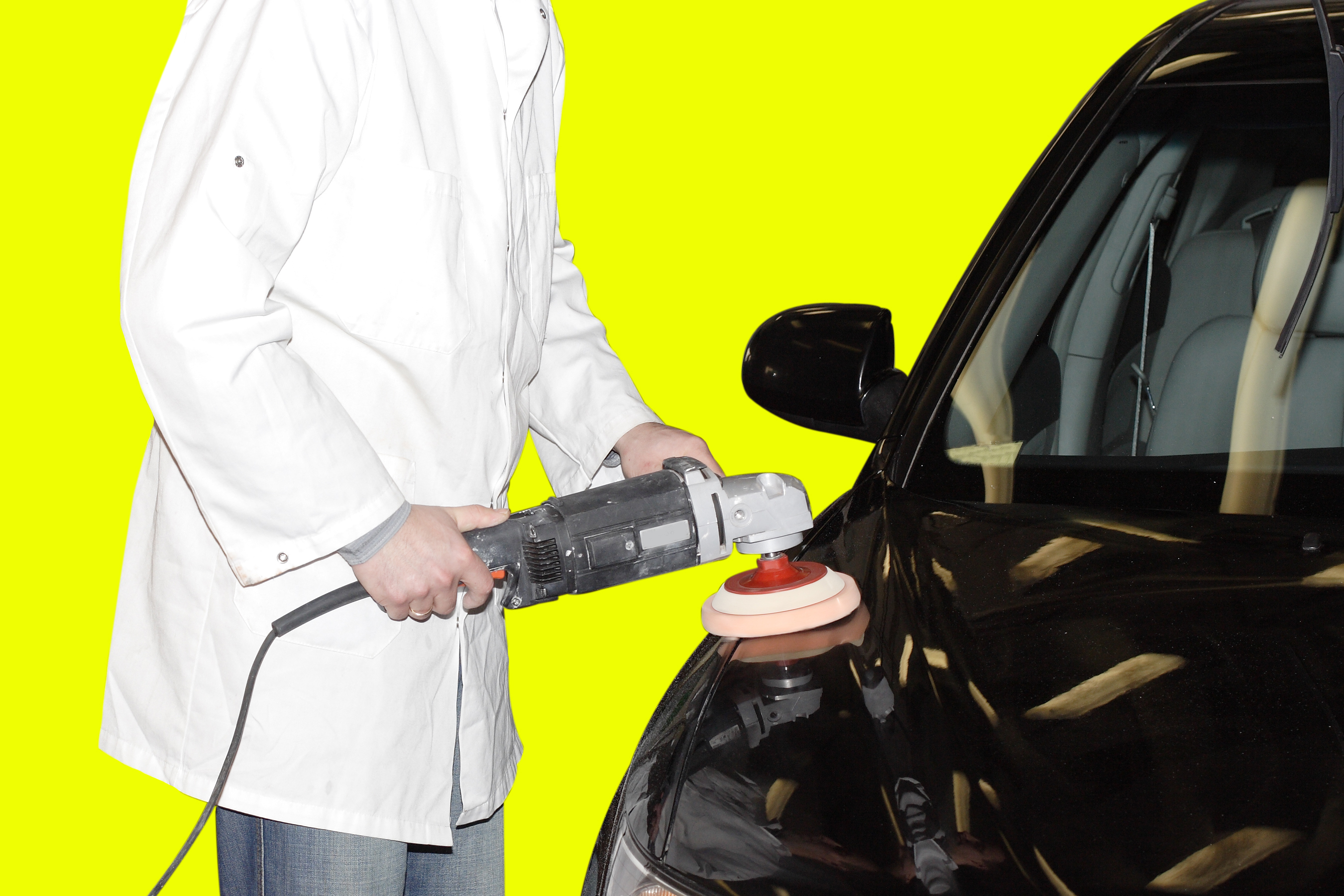All drivers need car insurance. For many young drivers,
however, the cost of insurance costs more than their car. Parents handle teen
drivers differently, depending on their values. Some parents will pay for car
insurance for their teens, while some teens must buy their own insurance.
Regardless of family arrangements, the following tips from Sheehy Nissan
of Mechanicsville for
buying teen car insurance can help.
Explain insurance
Parents should spend time explaining insurance to their
teenage drivers. Important information parents should emphasize includes:
- Why
car insurance for teens costs so much. More teenagers die in motor vehicle
accidents in the U.S. than from any other cause.
- How a
ticket costs far more than a fine. Teens must know that a single ticket
can cost thousands of dollars in the form of higher insurance premiums.
- Common
reasons for accidents involving teen drivers. Speed, distracted driving,
and alcohol all contribute to teen auto wrecks.
- Teen
driver safety tips. Teens should always use their seatbelts. Also, teens
should stay off the roads between midnight and 4 a.m.
- Strict
household driving rules. Parents must insist on teen-driver
accountability. Teens that repeatedly drive too fast and demonstrate other
unsafe driving habits should lose their driving privileges until they
complete additional training.
Mandatory insurance
Drivers do not choose whether to buy car insurance—states
require drivers to carry a minimum amount of liability insurance before they
can take a car onto the road. Banks and finance companies usually require car
buyers to have collision and comprehensive coverage on financed vehicles.
Teen drivers must understand why they need insurance.
Insurers insist that insurance policies list all licensed drivers in a
household. Parents may choose to add their teen driver to their existing policy
if the teen does not buy separate insurance.
Affordable car insurance
The term “affordable” rarely describes a car insurance
policy for a teenage driver. However, parents and their teens can work together
to get the best rates possible using the following tips.
Shop around. Different insurance companies have
different premiums, so spending the time to shop around usually pays off.
Get discounts. Some companies offer discounts
for good students. Other companies offer parent-guided safety discounts. When
asking for quotes for auto insurance for their teen, parents should ask each
company about the teen discounts it offers.
Use tracking devices. Some car insurance
companies offer a discount for teens with GPS-enabled tracking. These systems
track the location and speed of a car. Sophisticated tracking devices have
cameras that activate when the system detects risky driving practices. Parents
should speak ask prospective insurers about what tracking products qualify for
a discount.
Share policies. Teen insurance often costs more
when purchased separately. Parents willing to add their teen to their existing
insurance policy can substantially reduce the cost to insure their teen.
However, this option may not appeal to parents who expect their teens to pay
the extra cost.




